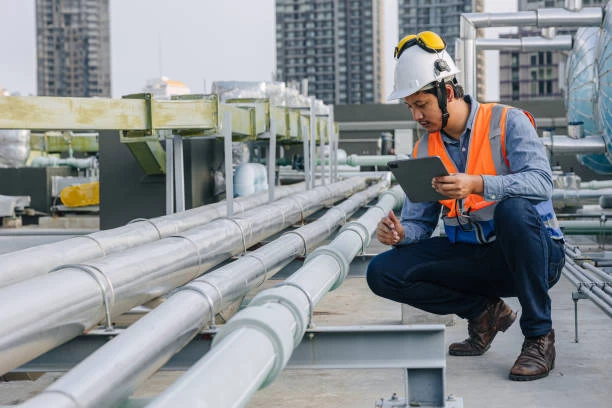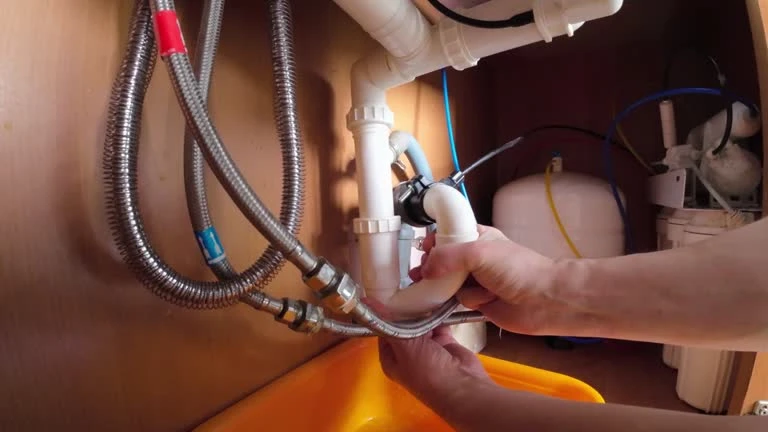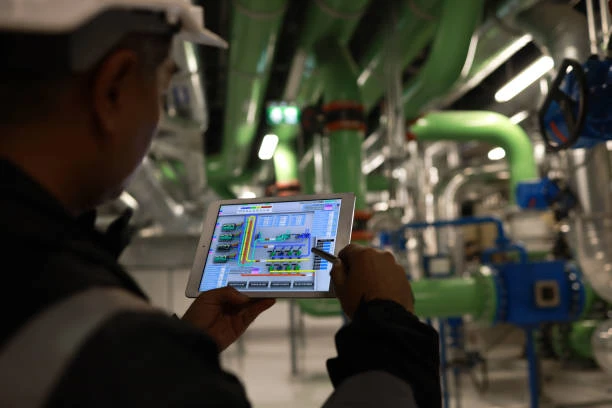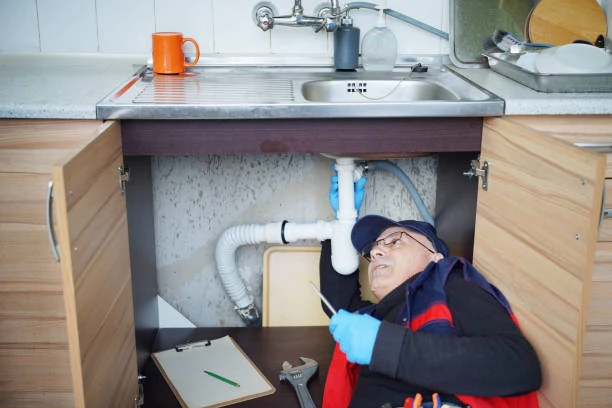Introduction to PPH Piping Layouts
PPH piping systems offer durability and resistance to chemicals, making them ideal for industrial use. Proper layout design is crucial to maximize efficiency and safety. This guide outlines how to create a reliable layout and emphasizes the role of a detailed PPH piping construction drawing in the process.
Step 1: Understanding System Requirements
A clear understanding of system needs ensures a functional design.
Analyzing Flow Requirements
Evaluate fluid properties, including viscosity, temperature, and chemical composition. These factors determine pipe size and material.
Defining Operational Conditions
Consider pressure, temperature, and potential environmental risks. For example, high-pressure systems need reinforced components.
Step 2: Planning the Layout
Efficient planning simplifies installation and reduces operational risks.
Route Selection
Choose direct routes to minimize bends and joints. Avoid routes crossing hazardous zones for safety.
Incorporating Safety Features
Add shut-off valves and pressure relief points. These features prevent accidents and ensure system reliability.
Step 3: Creating a PPH Piping Construction Drawing
Accurate drawings guide installation and maintenance.
Key Elements in Drawings
Include dimensions, pipe materials, and connection details. Indicate flow direction and component locations.
Benefits of Detailed Drawings
A well-prepared PPH piping construction drawing reduces errors and streamlines the installation process.
Step 4: Selecting Materials and Components
Choose components that match the system’s requirements.
Choosing the Right Piping Material
Use PPH pipes for chemical resistance and durability. Ensure materials meet safety standards.
Valves and Accessories
Select valves and seals compatible with the transported fluid. For example, chemical plants often use corrosion-resistant valves.
Step 5: Ensuring Proper Alignment
Alignment affects system performance and lifespan.
Aligning Pipes
Install pipes in straight lines and maintain uniform slopes. Misaligned pipes increase wear and tear.
Avoiding Stress Points
Support pipes adequately to prevent sagging and unnecessary strain on joints.
Step 6: Testing the System Layout
Thorough testing ensures the system meets design specifications.
Simulating Fluid Flow
Simulate the fluid flow to identify potential bottlenecks. Adjust the layout as needed to maintain efficiency.
Conducting Pressure Tests
Perform pressure tests to ensure components can handle operational loads. Address any weaknesses immediately.
Step 7: Finalizing and Documenting the Layout
Finalize the layout and keep detailed records.
Inspection and Adjustments
Inspect the entire layout for alignment and safety compliance. Adjust as necessary to meet design goals.
Documentation
Record the final PPH piping construction drawing for future reference. This simplifies troubleshooting and maintenance.
Step 8: Tips for Long-Term Maintenance
Proper maintenance ensures the system operates efficiently over time.
Regular Inspections
Schedule inspections to check for wear, leaks, or misalignments. Prompt repairs prevent costly issues.
Updating Construction Drawings
Update the PPH piping construction drawing after significant modifications. This practice keeps the documentation accurate and useful.
Conclusion
Designing a PPH piping layout requires careful planning, precise drawings, and thoughtful component selection. A detailed PPH piping construction drawing simplifies the process, ensuring a safe and efficient system. By following these steps, you can create a reliable layout that meets operational needs and lasts for years.
FAQs
1. Why is a PPH piping construction drawing essential?
It provides a detailed guide for installation and maintenance, reducing errors and improving efficiency.
2. How do I choose the right PPH piping material?
Consider factors like fluid properties, pressure, and environmental conditions when selecting materials.
3. What safety features should I include in the layout?
Install shut-off valves, pressure relief points, and secure supports to ensure safety.
4. How often should I update the construction drawing?
Update it after major modifications to keep it accurate and helpful.
5. What tests confirm a system’s reliability?
Conduct flow simulations and pressure tests to ensure the layout meets performance standards.
IFAN Products international standards
IFAN products strictly adhere to a comprehensive range of international standards, encompassing ISO 15874, EN 15874, ASTM F2389, DIN 8077/8078, GB/T 18742, NBR 15884, ISO 15494, EN ISO 15494, GB/T 19472, NBR 15494, ASTM 2846 (501), DIN 8079/8080 (502), ASTM F441/F441M SCH80 (503), DIN (504), DIN (505), GB/T 18993, AS/NZS 1477, CSA B137.6, NSF/ANSI 14, TIS 17-2532/1131-2535, BS 3505, BS 4346 (801), ASTM D1785 SCH40 (802), ASTM D1785 SCH80 (803), DIN (804), GB (805), GB (806), GB(901), DWV(902), ASTM D2665 (903), along with ASTM D2241, D2665, D2729, and F441/F441M series, ISO 1452, EN ISO 1452, DIN 8061/8062, GB/T 10002, AS/NZS 1477, JIS K6741, CSA B137.3, and other national and industry norms.
Connect
IFAN is a Chinese manufacturer of plastic pipes, fittings and valves with 30 years of experience. If you are interest in IFAN copper fittings, copper valves, plastic pipes and fittings, please contact us. IFAN offers you a variety of standard pipes to meet your specific needs. Click below to learn more about IFAN’s wide range of affordable and cost-effective valve products and piping system related products.
We will reply your email or fax within 24 hours.
You can call us at any time if there is any question on our production.
For more information,pls visit our webside https://waterpipefitting.com/
Pls Mailto: [email protected]
Whatsapp: + 86 19857948982














Recent Comments